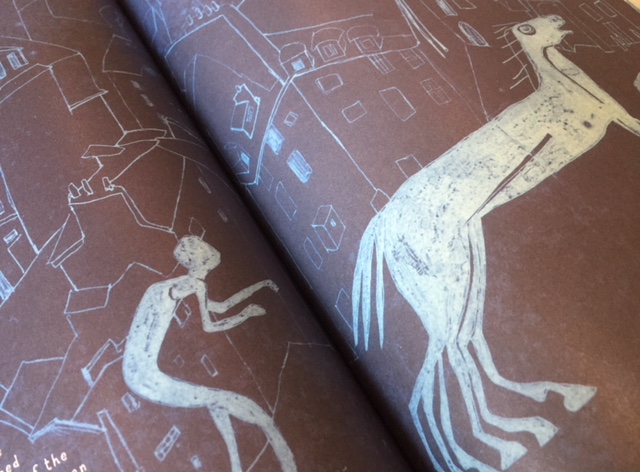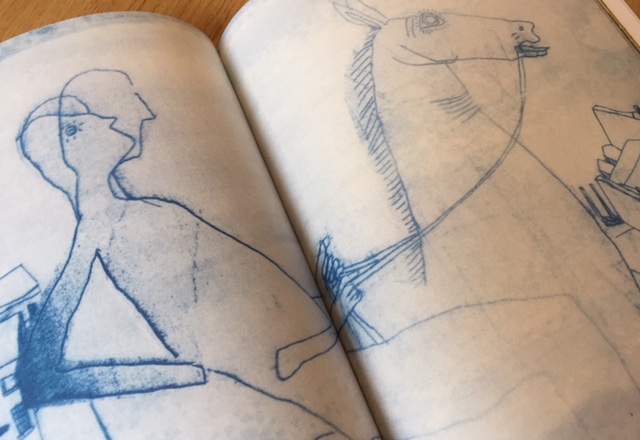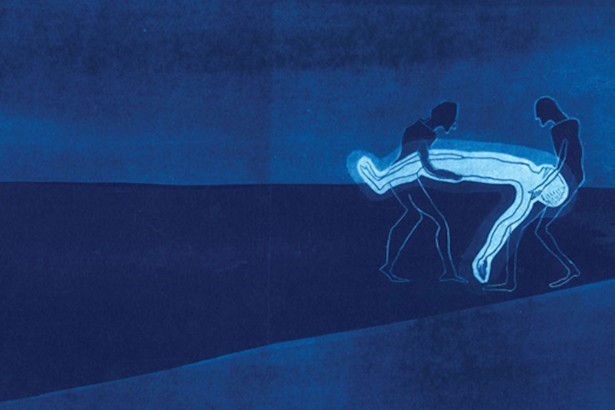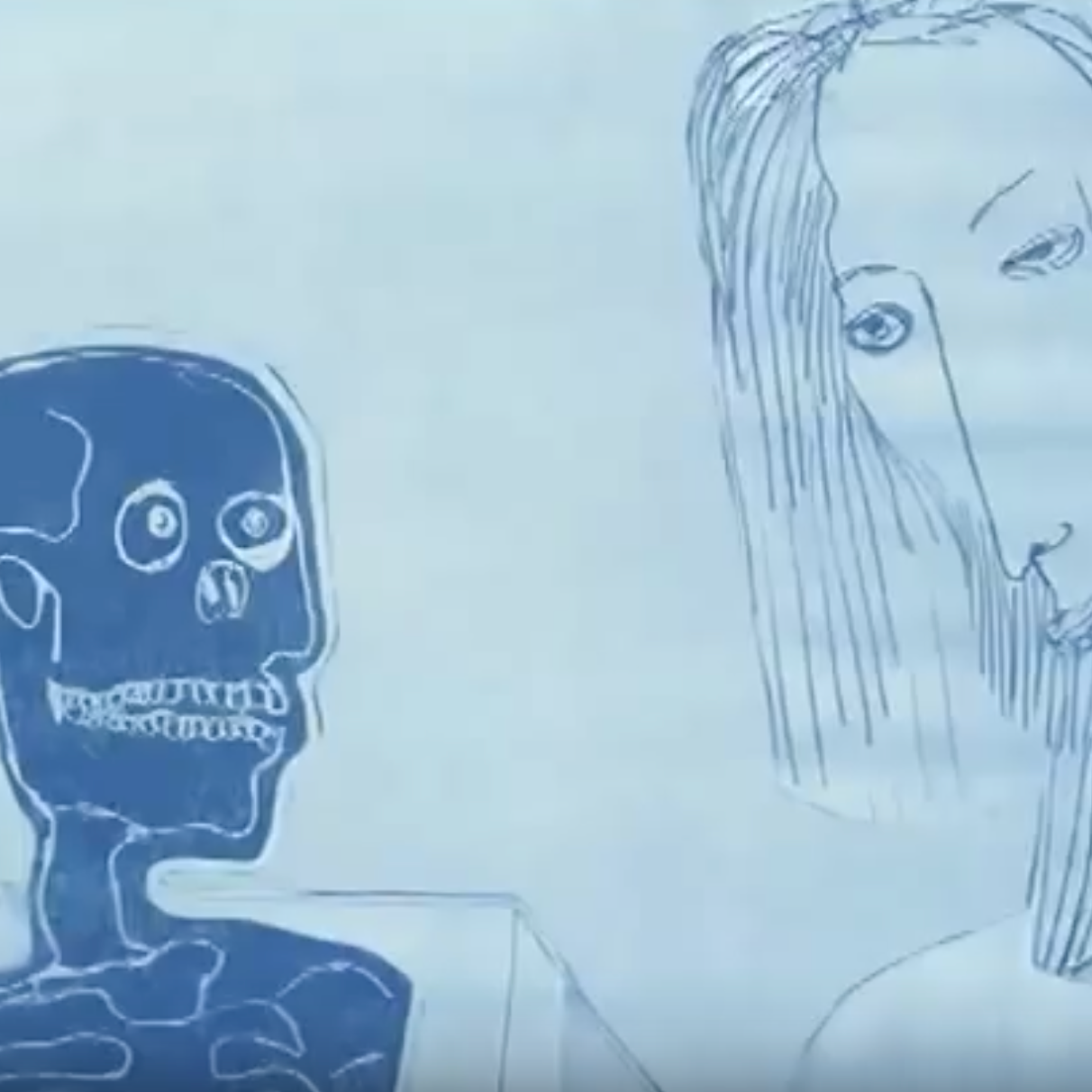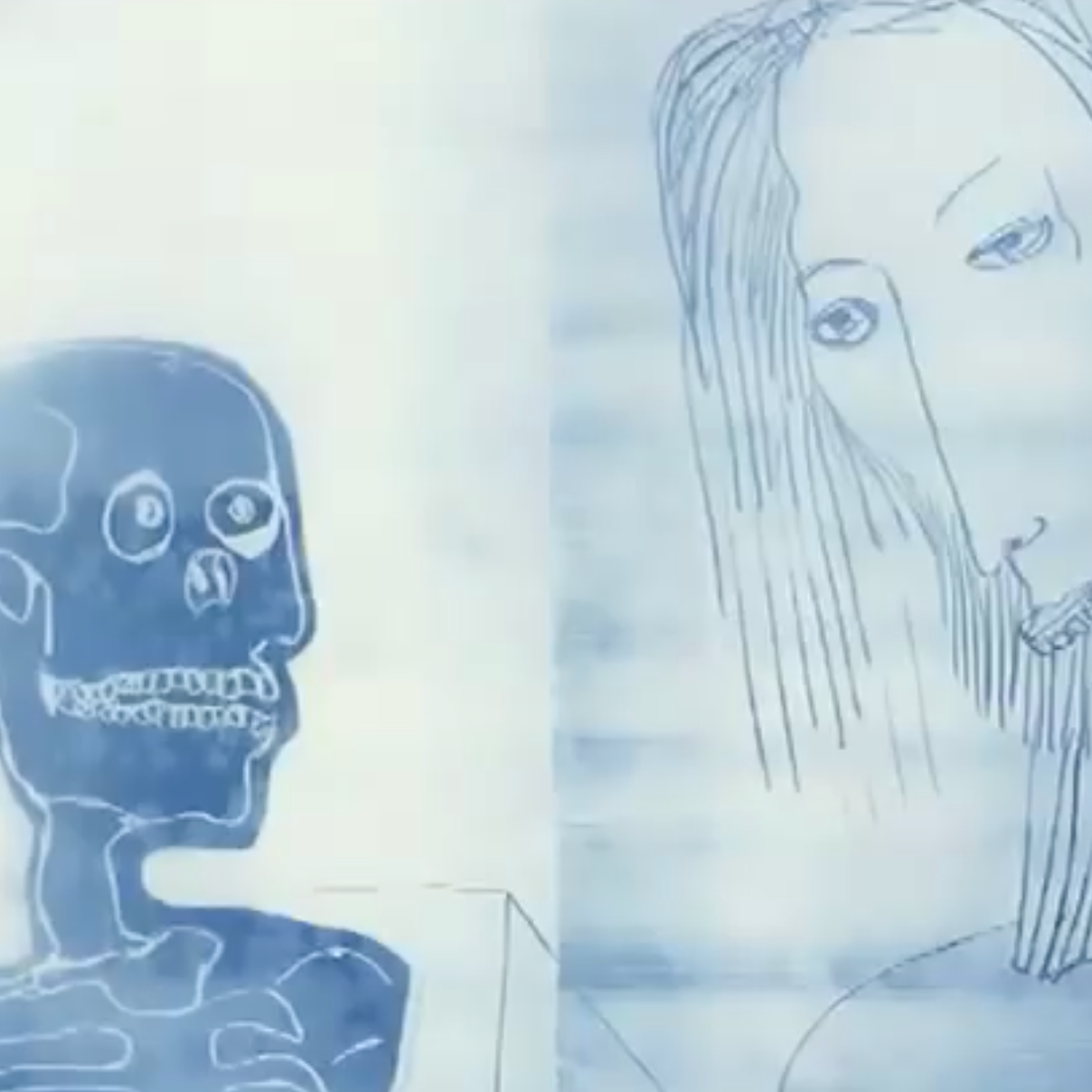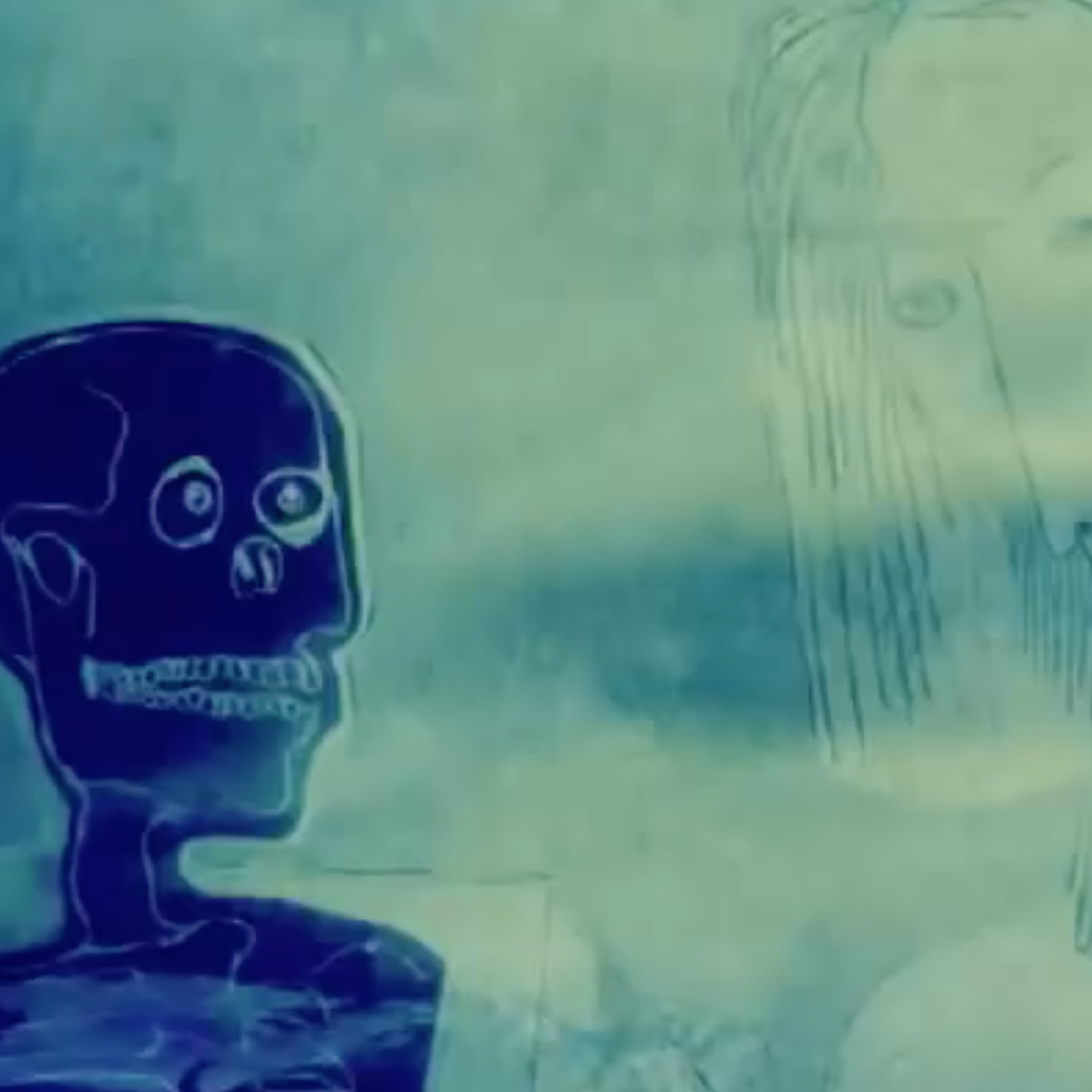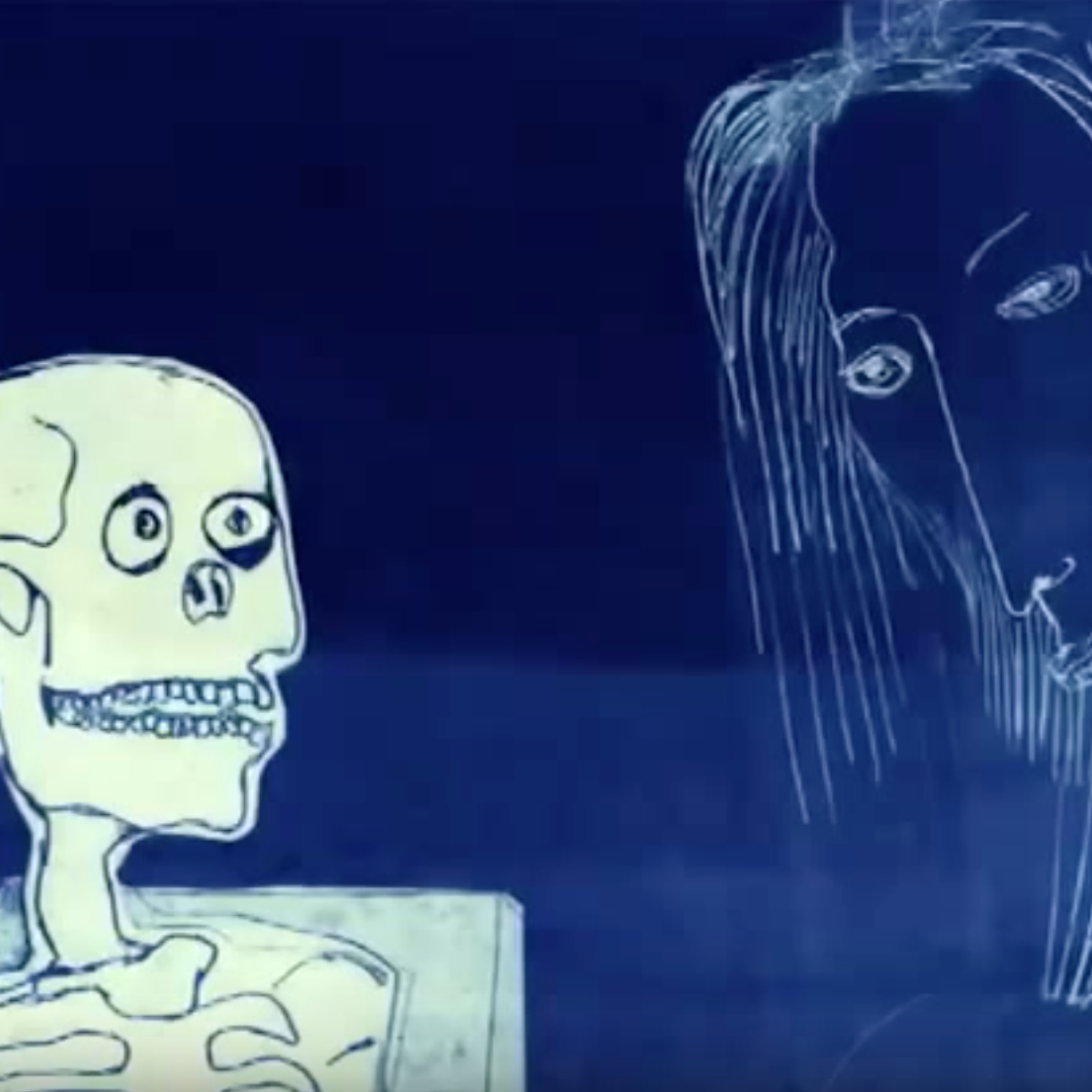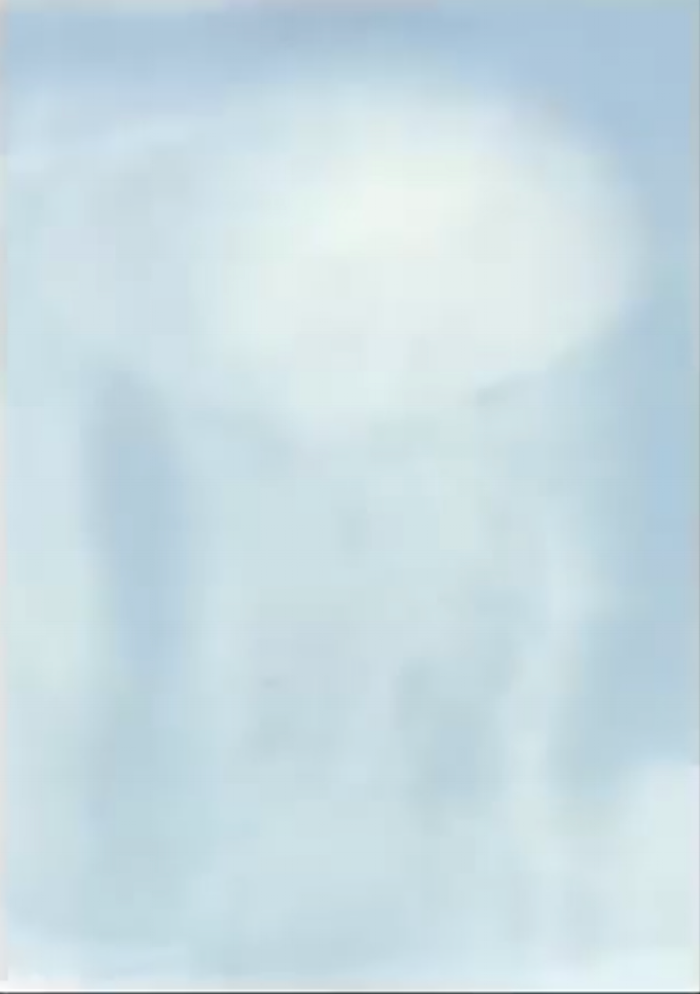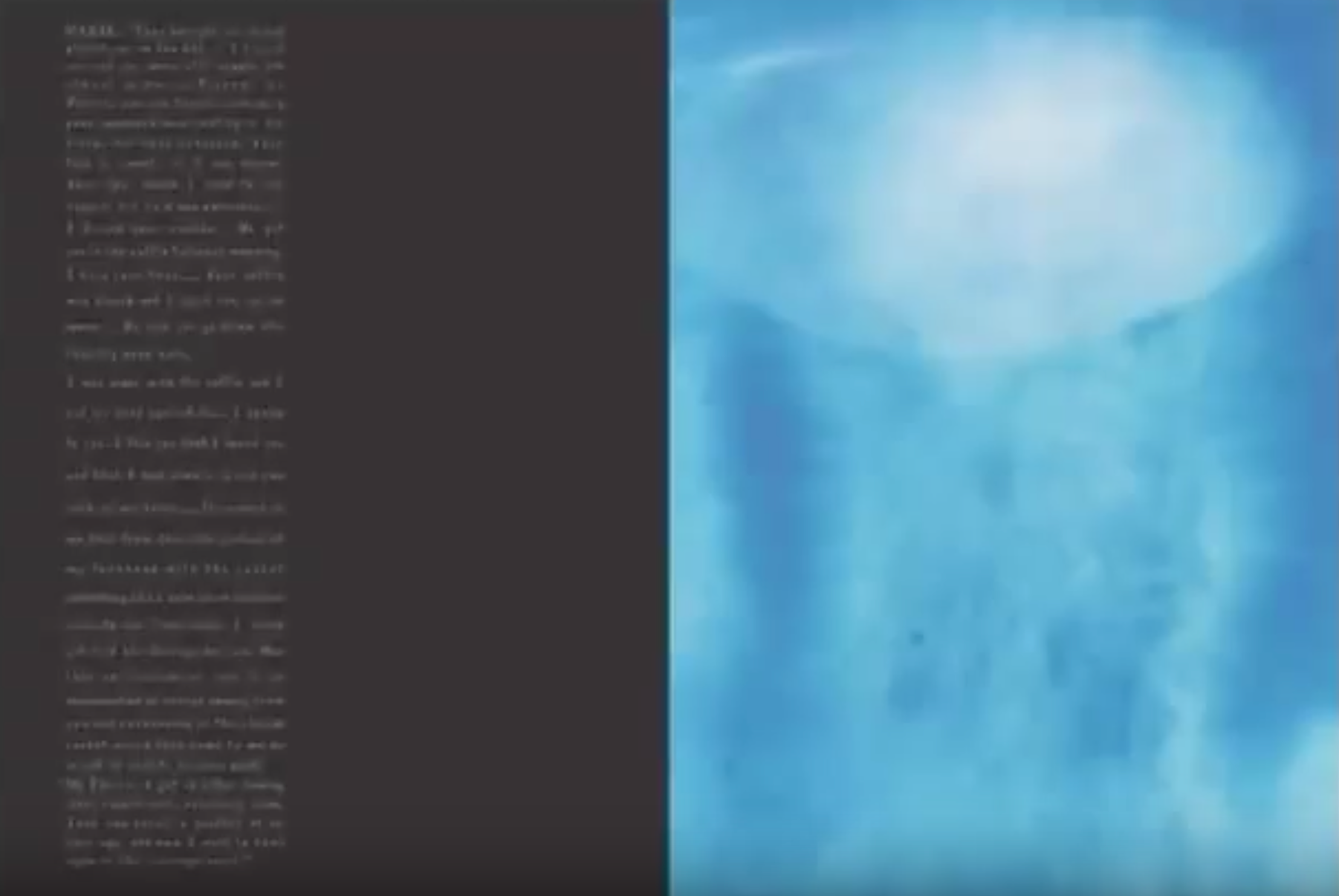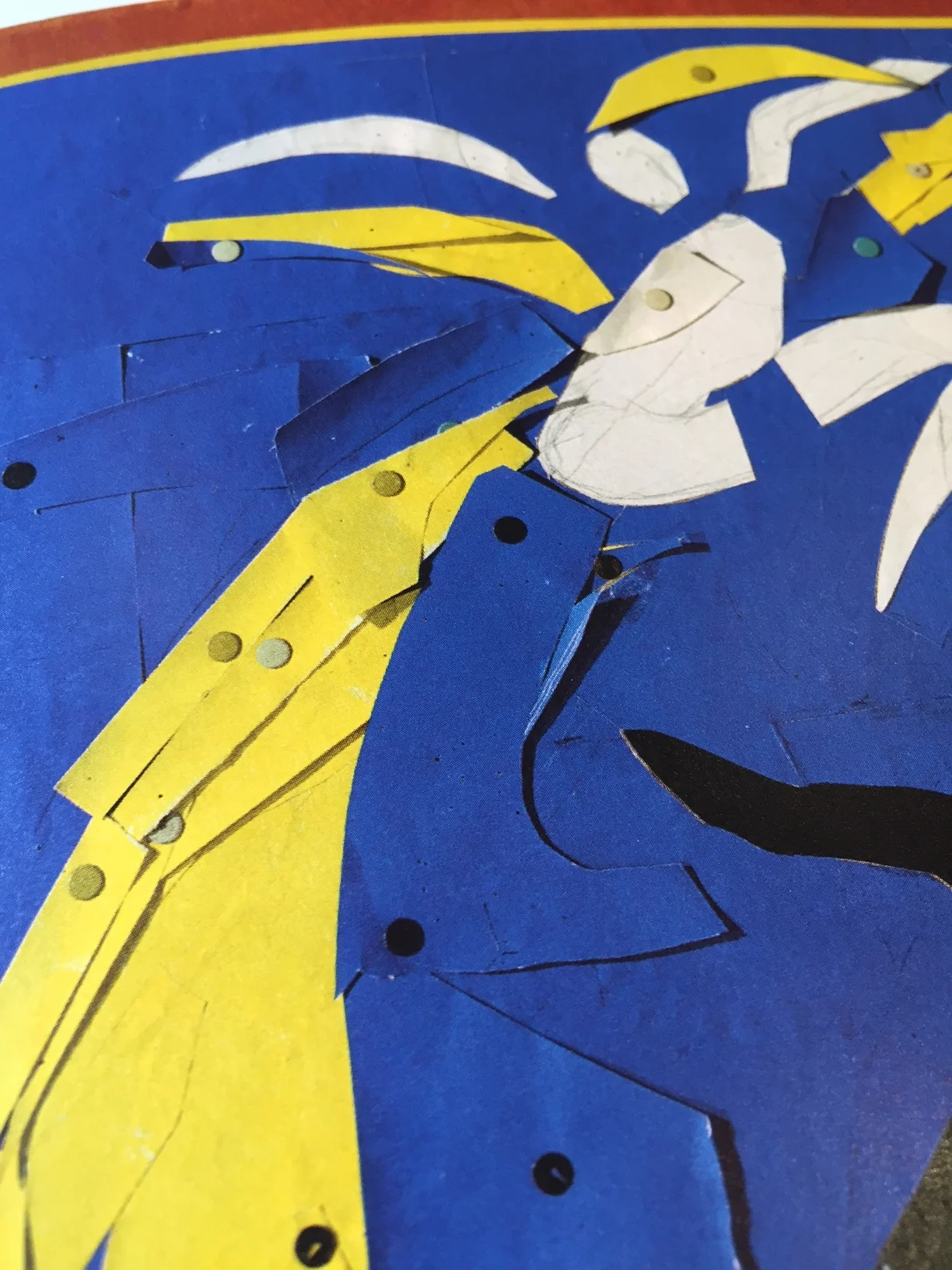An Image for Grief
A Serendipitous Process
"I keep the subject constantly before me, and wait 'till the first dawnings open slowly, by little and little, into a full and clear light." —Isaac Newton, as quoted in Biographia Britannica, Vol. V
Science does well to record the serendipitous moments that lead to meaningful discoveries. Newton's apple, Fleming's penicillin, Goodyear's rubber are just a few of the stories that preserve the "happy accidents" of discovery. But as Goodyear himself would attest, those serendipitous moments only had significance to "whose mind was prepared to draw an inference.” The happy accident presents itself to the prepared mind.
Though less often discussed, art, too, has its happy accidents. Pulitzer Prize nominee and National Book Award finalist Lauren Redniss recounts the story behind one particular illustration from her book Radioactive: A Tale of Love and Fallout. Her story captures both the determination and luck that can accompany the prolonged arc of a question, and mirrors the very story she herself is trying to tell—that of Curie's life's work.
The Goal
"My Pierre, I got up after having slept rather well, relatively calm. That was barely a quarter of an hour ago, and now I want to howl again—like a savage beast." —Marie Curie in her diary, as quoted from Lauren Redniss' Radioactive
Redniss' illustrations for Radioactive go beyond the merely concrete, representative images one might expect to find in a biographical narrative. She includes the expected scenes—the Curies working in the lab, key figures, momentous occasions—but she does not shy away from the figurative or abstract. This attuned sense of visual portrayal, of the power of message and medium, contributes to the book's narrative impact as a whole.
For some images, the concrete is most powerful. When it came time to depict Pierre Curie's tragic death, Redniss presented the scene straightforwardly:
But the question of how to illustrate the grief and turmoil that followed such a tragedy was a much greater challenge.
The Attempts
"I knew this was not the right answer. But, since I wasn't getting it, I just set this section aside and I decided to pick up another part of the book." —Lauren Redniss, "Mistakes Were Made"
In the TedxEast video "Mistakes Were Made," Redniss reveals the difficulty she faced in creating an evocative image to pair with M. Curie's diary entry of her loss.
In a bold move, she shows her first attempts at the illustration. "I think it falls far short," she shares. Here, the literal image does indeed fall short, although it is quite close (sans skeleton) to portraying M. Curie's own description of the scene: "I kissed your eyelids....We put you in the coffin Saturday morning, I held your head...."
In sharing these discarded images, Redniss is revealing what was purposely kept from sight.
The Mistake
"I was shocked by the image that had resulted from my mistake." —Lauren Redniss, "Mistakes Were Made"
While Redniss knew that her illustrations were not what she wanted, she still wasn't sure of how to illustrate the grief of M. Curie. She decided to work on other parts of the book.
As she worked, she accidentally overexposed an image. In the context of trying to produce one image, this was certainly a failure. And yet, in regards to the open question of how to convey Marie's grief, the image resonated.
The Connection
"...and I thought, well, actually, it would be much more interesting to use an image of nothing basically, an image that could suggest the power—the feeling—of loss, rather than spell it out." —Lauren Redniss, "Mistakes Were Made"
As noted in the quote above, Redniss saw the power in "an image of nothing" to convey the absence and loss present in grief. She had made a connection between the unexpected and the unresolved. The final illustration pairs the image with entries from M. Curie's diary.
A Serendipitous Process, Revisited
It is beautiful to imagine that serendipitous moments fall from the sky as easily as Newton's apple. But a closer look at the stories of process reveals that the sliver of coincidence would have no bearing if the mind had not been primed to interpret luck's significance. The serendipitous moments of others can remind us that, at times, the best thing we can do is to create the open space of a problem, and if we cannot immediately resolve a solution, let us linger in its complexity until the dawn comes into a full and clear light.
*Frontispiece
Lauren Redniss' cover page for Radioactive: A Tale of Love and Fallout (2011). New York, NY: HarperCollins Publishers.



